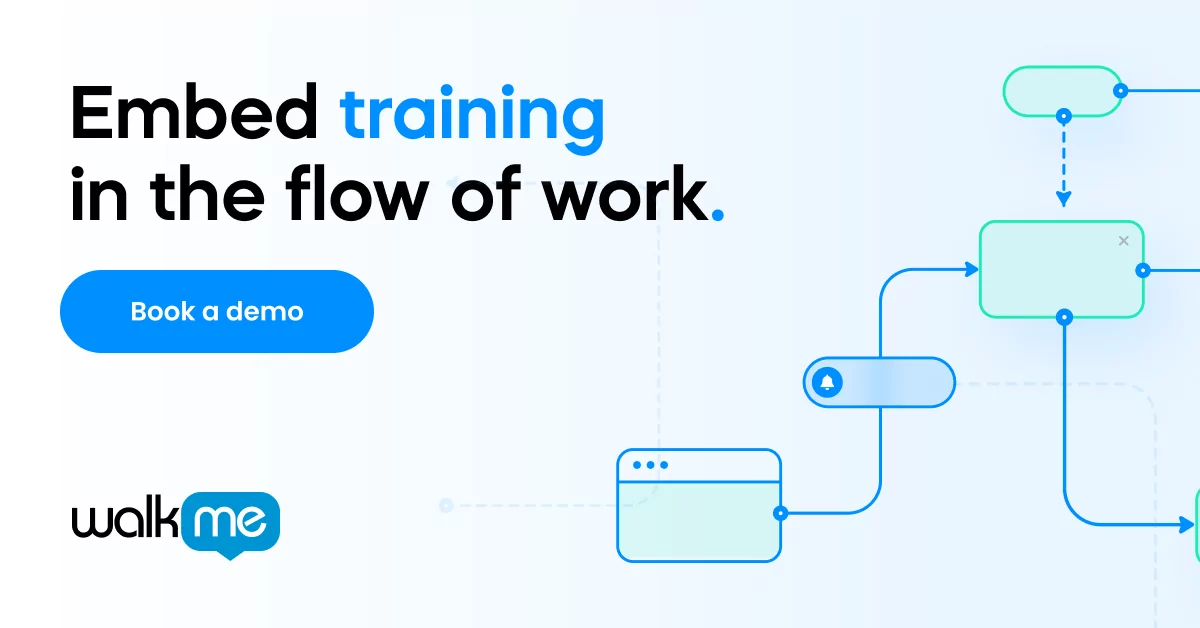Since 2020, remote onboarding is no longer an option, but instead a necessity for organizations around the world.
As a result, many companies have now learned to manage every stage of the employee lifecycle remotely, while even more are still building and honing their remote onboarding processes.
It’s more than just an introduction…
Remote onboarding holds the same level of influence as onboarding in-person—if not more so.
Remote onboarding is particularly important since it is during this stage that employees gain their first impression of a company. These initial experiences can, and will, set the precedent for the future of your employees.
The effectiveness of the onboarding process can impact critical employee metrics, including:
Onboarding sets the stage for the employee’s entire journey and interaction with an organization.
Making the most of that experience can mean the difference between a successful relationship and a failed hire.
But there’s still hope yet.
Thankfully, there are some benefits which have emerged from the challenges of the pandemic.
Digital growth and transformation are drastically accelerating to bring new solutions to employees wherever they may be.
The question which then begs to be answered is: What is the best way to use digital tools to onboard employees remotely?
Digital technology, after all, must now be used to allow for person-to-person communication, scalable training, and social integration.
For those not accustomed to working in a wholly virtual workplace, remote onboarding can be challenging, so it is critical to proactively address these challenges in order to create a great onboarding experience.
Work smarter, not harder.
Here are a few steps that can make your remote onboarding process easier and more effective:
1. Self-service tools
Digital technology has enabled new types of service solutions, such as self-service tools.
A self-service solution can take several forms, such as an employee dashboard, a chatbot, or a knowledge base.
These tools enable employees to perform tasks without the assistance of other staff. They can be used for a range of purposes, including:
- Training
- Technical support
- HR services
Self-service tools can improve HR productivity, ease the onboarding process, save time, and enhance the remote onboarding experience by empowering your employees.
Ultimately, along with the other solutions covered below, employee self-service tools can drive better bottom-line business outcomes.
2. Employee monitoring
Employee monitoring refers to the use of technology to track certain types of employee behavior.
In many cases, the term is used to denote activities such as security surveillance and time tracking (which, quite honestly, can give the uncomfortable feeling that “big brother is watching”).
However, employee monitoring can also refer to the use of software monitoring tools and software analytics (now this is something we can get behind).
In a remote setting, software monitoring solutions can serve several key functions, such as:
- Evaluating the digital adoption of your software
- Assessing the digital dexterity of your employees in order to provide relevant assistance
- Process mining for greater efficiency
- Following the progress of your employees’ remote onboarding
Used with care, these analytics can offer employers valuable data about the onboarding process, the ROI of your tech stack, and how to streamline business processes in general. That information, in turn, can then be used to improve the onboarding process as well as daily operations.
3. Continual communication
Numerous studies show that employees are more productive when working remotely, but there are unique obstacles that can hinder performance and productivity.
Social isolation, for instance, is a challenge for many employees.
The isolated nature of remote work removes certain aspects of communication that are standard for in-person work, such as nonverbal communication and the social climate that comes with working in an office.
During remote employee onboarding, new hires may feel less comfortable asking questions, since their supervisors are not visible and readily available.
One solution to this roadblock is to develop and hone a communication strategy.
This does not mean overcommunicating or micromanaging employees, but providing extra context, instructions, and interaction that compensates for the lack of in-person engagement.
Digital communication may not be able to overcome all of the hurdles posed by remote work, but a well-crafted communication strategy can take on many of the challenges faced by managers and their teams—both during onboarding and throughout the employee lifecycle.
4. Remote training solutions
Remote training has also become another challenge for the virtual workplace.
Employers must find new ways to provide employees with the skills they need to succeed, without relying on face-to-face communication or training.
Fortunately, remote training tools have advanced quite a bit.
WalkMe Workstation is one solution that can be used to accelerate onboarding and training for the remote workforce.
Workstation provides remote access to a set of training features that include:
- Software walkthroughs
- Self-service support
- Communication tools
- Software usage analytics
Remote training tools such as WalkMe Workstation can save time for managers and training professionals alike.
5. Instilling the company culture
Another point of which to be aware is the challenge of instilling and maintaining the organizational culture in remote workers.
This can make it difficult to create a consistent experience and culture across the distributed workforce. When some employees work remotely and others work onsite, the two teams may develop distinctly different cultures.
Separate organizational cultures can result in a number of problems, from friction to decreased productivity to miscommunication.
The remote onboarding process represents an opportunity to instill the values of the corporate culture right at the onset of the employee-employer relationship.
Therefore, it is important to develop procedures designed to overtly communicate cultural values, the corporate vision, and the corporate mission. Doing so can help ensure that employees stay aligned with the company culture, both in the short and long terms.
Final thoughts
As we have seen, there are certain challenges that come with remote onboarding, such as social isolation and the inability to provide face-to-face training.
If done correctly, however, remote onboarding can deliver the same feeling and the potentially better outcomes than in-person onboarding.
Employees will learn the skills they need to excel in their positions, they will have a favorable impression of the organization, and they will stay aligned with the organization’s culture and style of communication.


